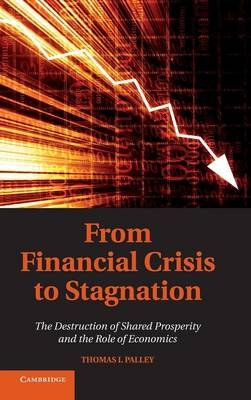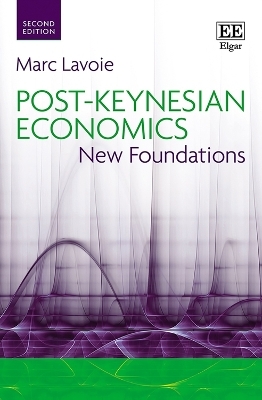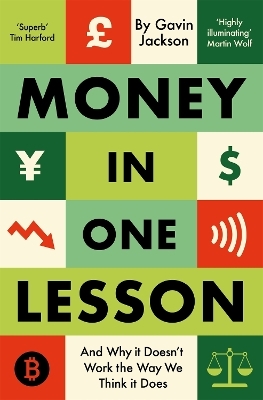
From Financial Crisis to Stagnation
Cambridge University Press (Verlag)
978-1-107-01662-0 (ISBN)
The US economy today is confronted with the prospect of extended stagnation. This book explores why. Thomas I. Palley argues that the Great Recession and destruction of shared prosperity is due to flawed economic policy over the past thirty years. One flaw was the growth model adopted after 1980 that relied on debt and asset price inflation to fuel growth instead of wages. A second flaw was the model of globalization that created an economic gash. Third, financial deregulation and the house price bubble kept the economy going by making ever more credit available. As the economy cannibalized itself by undercutting income distribution and accumulating debt, it needed larger speculative bubbles to grow. That process ended when the housing bubble burst. The earlier post-World War II economic model based on rising middle-class incomes has been dismantled, while the new neoliberal model has imploded. Absent a change of policy paradigm, the logical next step is stagnation. The political challenge we face now is how to achieve paradigm change.
Thomas Palley is an economist living in Washington, DC. He is currently an Associate of the Economic Growth Program of the New America Foundation in Washington, DC. He was formerly Chief Economist with the US-China Economic and Security Review Commission. Prior to joining the Commission he served as Director of the Open Society Institute's Globalization Reform Project and as Assistant Director of Public Policy at the AFL-CIO. Dr Palley is the author of Plenty of Nothing: The Downsizing of the American Dream and the Case for Structural Keynesianism (1993) and Post Keynesian Economics (1996). He has published in numerous academic journals and written for The Atlantic Monthly, American Prospect, and Nation magazines. His numerous op-eds are posted on his website www.thomaspalley.com. He holds a BA from the University of Oxford and an MA in International Relations and PhD in Economics from Yale University.
Preface; Part I. Origins of the Great Recession: 1. Goodbye financial crash, hello stagnation; 2. The tragedy of bad ideas; 3. Overview: three perspectives on the crisis; 4. America's exhausted paradigm: macroeconomic causes of the crisis; 5. The role of finance; 6. Myths and fallacies about the crisis: stories about the domestic economy; 7. Myths and fallacies about the crisis: stories about the international economy; Part II. Avoiding a Great Stagnation: 8. The coming Great Stagnation; 9. Avoiding a Great Stagnation: rethinking the paradigm; 10. The challenge of corporate globalization; 11. Economists and the crisis: bad ideas revisited; 12. Markets and the common good: time for a great rebalancing.
| Zusatzinfo | 26 Tables, unspecified; 26 Line drawings, unspecified |
|---|---|
| Verlagsort | Cambridge |
| Sprache | englisch |
| Maße | 152 x 229 mm |
| Gewicht | 520 g |
| Themenwelt | Wirtschaft ► Allgemeines / Lexika |
| Wirtschaft ► Volkswirtschaftslehre ► Finanzwissenschaft | |
| Wirtschaft ► Volkswirtschaftslehre ► Wirtschaftspolitik | |
| ISBN-10 | 1-107-01662-2 / 1107016622 |
| ISBN-13 | 978-1-107-01662-0 / 9781107016620 |
| Zustand | Neuware |
| Haben Sie eine Frage zum Produkt? |
aus dem Bereich


